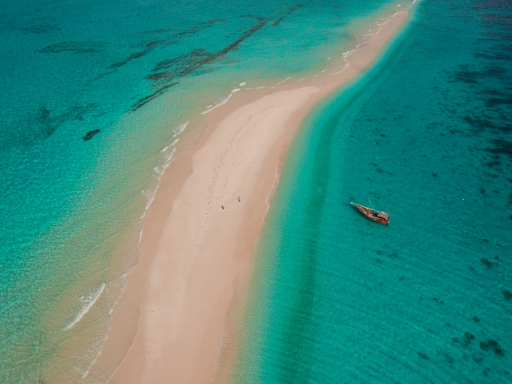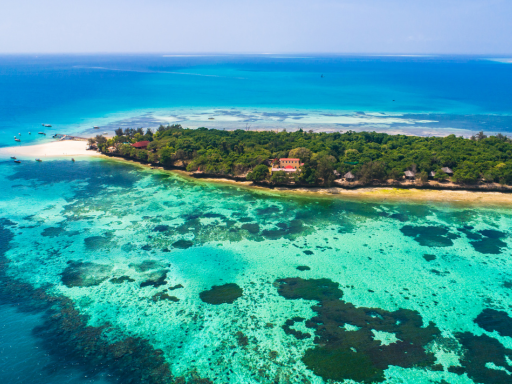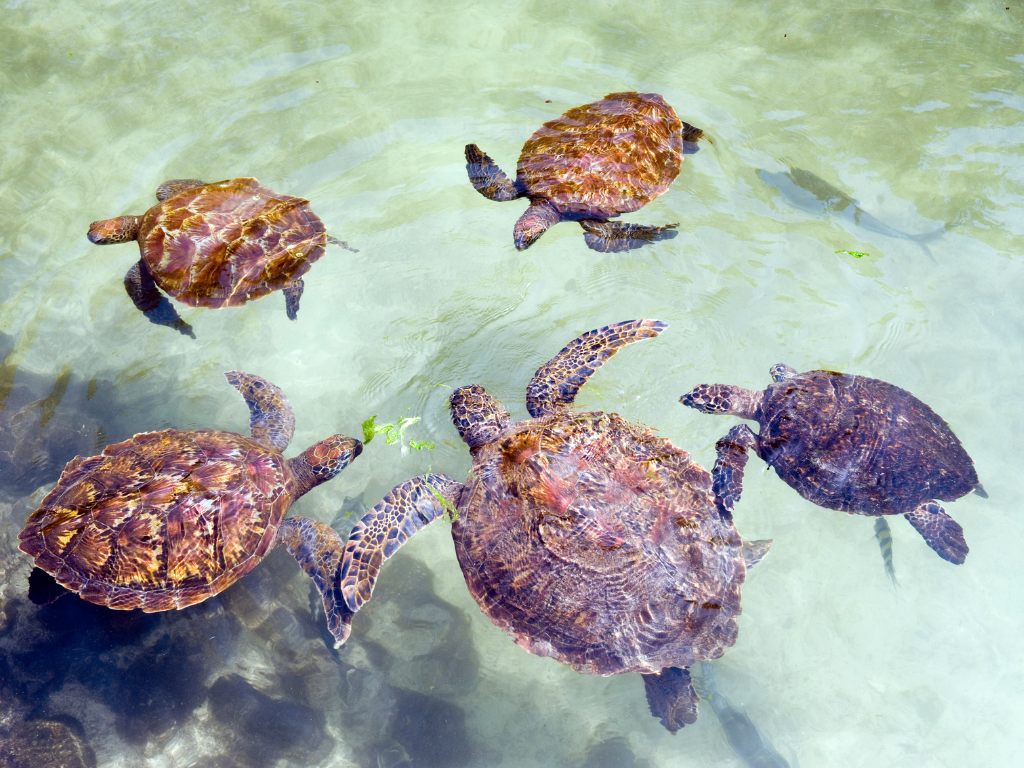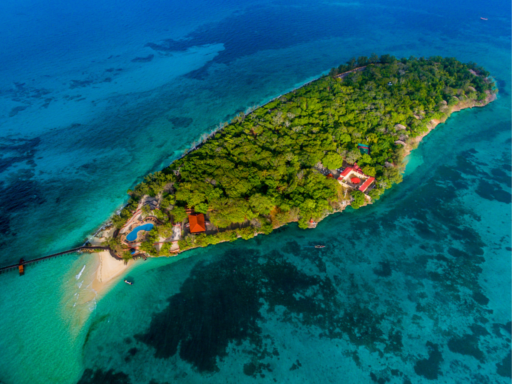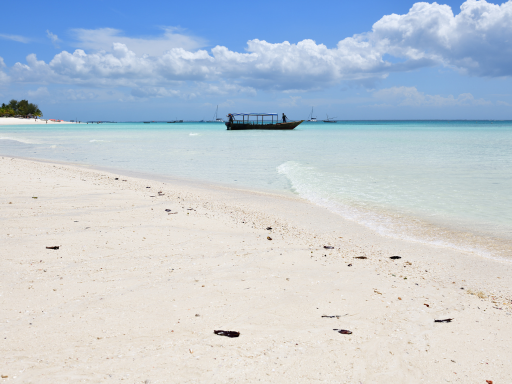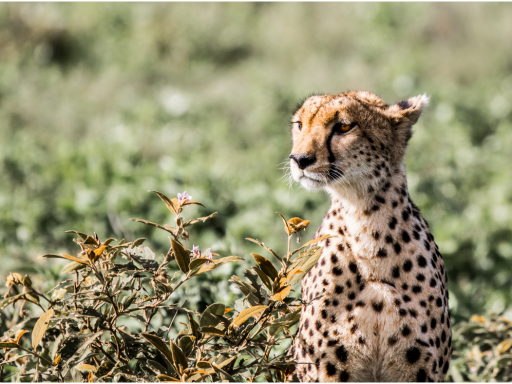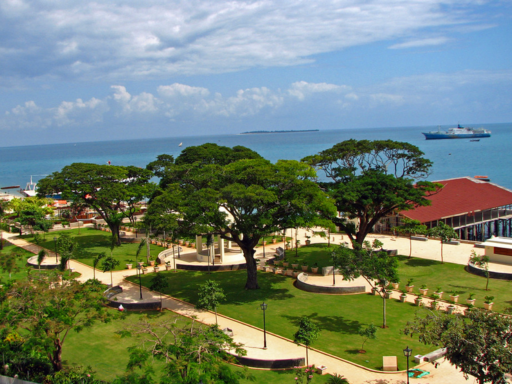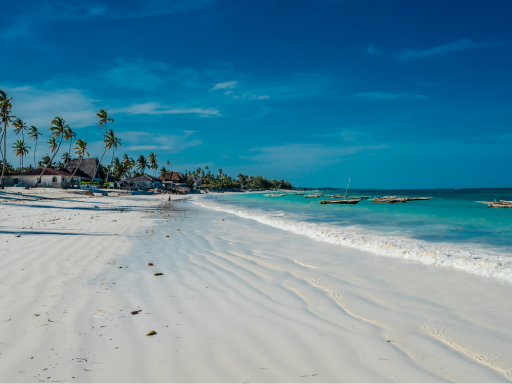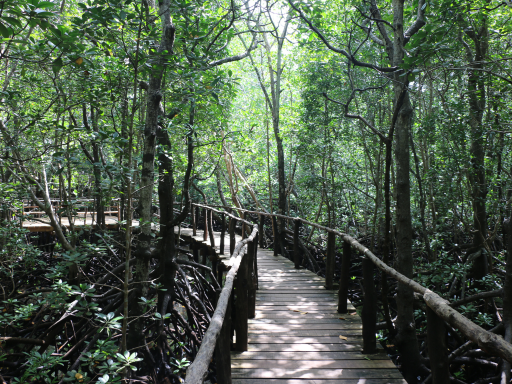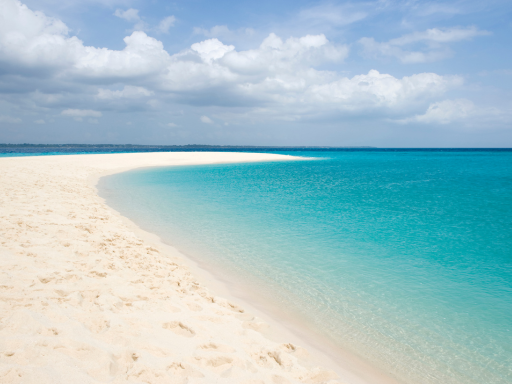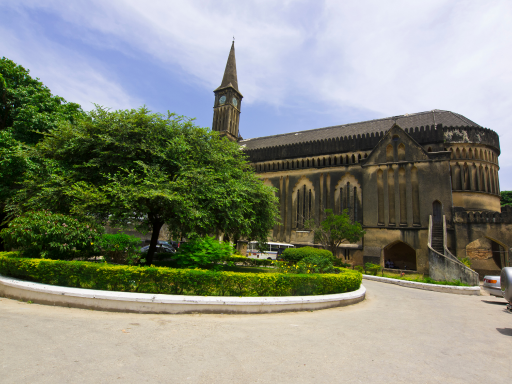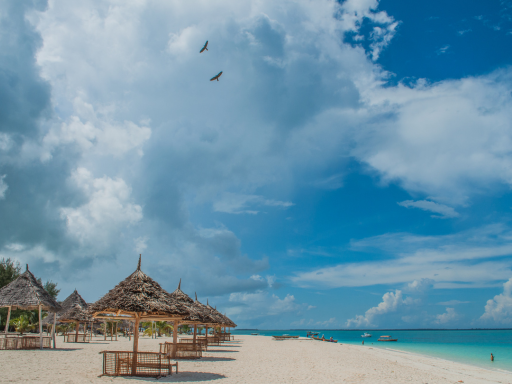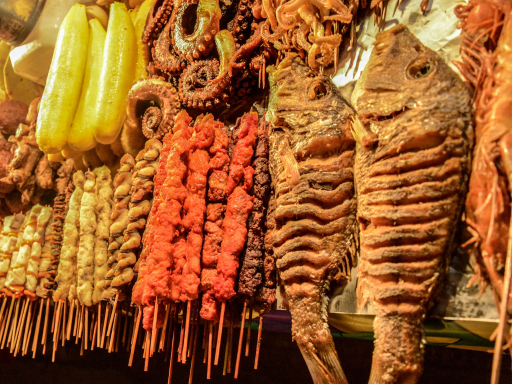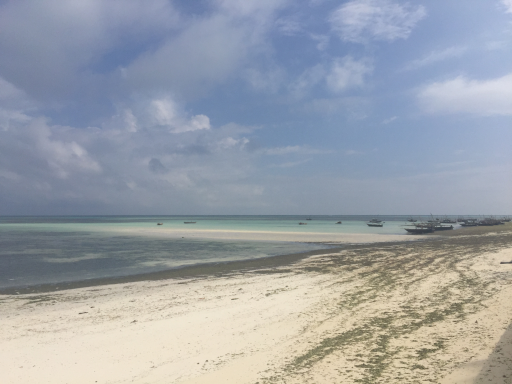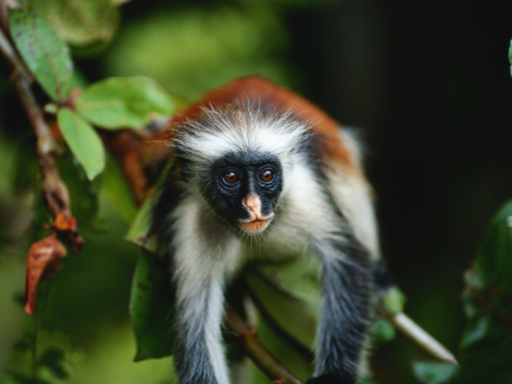LANGUAGES
The archipelago has two official languages: Swahili and English, but also speaks Arabic.
Swahili
The Autonomous Republic of Zanzibar is one of the few states in the world to have a majority population speaking Swahili (called kiswahili in Zanzibar) 95% of the population. In other countries, including Tanzania, Swahili is a vehicular second language used for inter-ethnic communication. In Zanzibar, the Swahili is spoken on all the islands of the archipelago, and creates a form of identity identification. However, there are differences in dialects depending on the islands. The mutual understanding between these varieties being relatively easy.
Arabic
It is not an official language, but nearly 15% of the population speaks Arabic. In Zanzibar, Omani Arabic is spoken in families of Arab origin; it is not used for trades inter-ethnic (dominated by Swahili), nor in commercial relations (dominated by English).
English
English is the official language like Swahili in Zanzibar, but it is only a mother tongue for a very small portion of the population. English is only spoken by less than 5% of the population: becauseonly 10% of Zanzibari population goes to school (partially) in that language.
Religions
In Zanzibar, more than 95% of the population is Muslim. The locals practice Sunni Islam and their lives are largely influenced by their religion. The island has gone through nearly two centuries of Omani colonization which left behind important traces of their passage such as very beautiful mosques.
Other largely minority religions are present on the island, with small communities of Dawoodis Bohras, Ismailis, and Catholic and Protestant Christians. Here, each belief lives in harmony with the other religions. The diversity of culture and population of Zanzibar is thus an asset for this island full of charm.
Traditional arts
Painting
Zanzibar blue exists. It is used by major brands: automotive, shoes, etc.
Several galleries in Stonetown offer very original and colorful paintings made in oil or from henna.

We can cite the success of the concept of the development of Forster Gallery Zanzibar with its OpenSpace. This gallery provides a fully equipped workplace for local artists. As a guest, you have the opportunity to experience the emergence of art in the Forster Gallery. Observe an artist at work and dialogue with him.
Literature
The earliest known Swahili literary works from the first half of the 18th century. They were originally written using the Arabic alphabet, but are very rare. In addition, Zanzibar has inspired many writers and poets, such as Arthur Rimbaud who talks about his desire to join the archipelago, or Jules Vernes who starts "Five weeks in a balloon" on the island. To immerse yourself in the atmosphere of the palaces, you must read these Memoirs, written in German and published anonymously in 1886, which appeared in English in 1888 under the name of the author Emity Salmé Ruete. Unique testimony to the reigning family and to life in Zanzibar in the 19th century, they seduce both by the quality of the writing and the story of the exceptional destiny of an Arab and Muslim princess.

Music and songs
The twarab initially corresponded to concerts and competitions of Arab violins, which gradually also associated Indian influences. Until the 1930s, the taarab was played and sung by men, in Arabic. But the singer Siti binti Saad introduced a repertoire in Swahili, popularized this music and recorded her songs on 78 rpm records in India.
While musicians play improvised themes on known tunes, singers improvise lyrics, most often ironic and witty, a pretext for all the mockery, but also, to transmit various coded messages to ears that know how to hear. The performances come as much from the singer as from the musicians. Today, in Zanzibar, the taarabs have lost none of their caustic spirit of yesteryear.

Handicrafts
The magnificent traditional kanga fabrics
The "kanga" is a traditional piece of Swahili culture. This rectangular garment that is usually worn at the waist, consists of patterns and bright colors. In addition to its aesthetic aspect, this essential piece has an unsuspected and atypical use: the transmission of messages.
If the kanga is above all known for its design with patterns and shimmering colors, it also owes its fame to its phrases written on the central part of the fabric.
It is this part called “mji” in Swahili, that sentences taken for the most part from Swahili proverbs or poems are inscribed.

Sculpture
Several forms are present in Zanzibar:
The sculptured statuettes, often in the image of precious wood, rosewood, ebony...

Carvers of doors and chests perpetuate Omani and Indian traditions. They can be seen working in the city, often outdoors. They also build dhows, large and elegant wooden boats.

Traditional jewelry
Handmade bracelets! At the Cultural Art Center Zanzibar, artisans create bracelets with recycled plastic and typical Zanzibar fabrics.
Music and songs: the taarab
The dance and music performances are the entry point into the culture of Zanzibar.
The taarab initially corresponded to concerts and competitions of Arab violins, which gradually also associated Indian influences. Until the 1930s. The taarab is played and sung by men, in Arabic. But the singer Siti binti Saad introduced a repertoire in Swahili, popularized this music and recorded her songs on 78 rpm records in India.
While musicians play improvised themes on known tunes, singers improvise lyrics, most often ironic and witty, a pretext for all kinds of mockery, but also to transmit various coded messages to ears that know how to hear.
Dance: performance of ngoma
These are rhythmic and catchy African dances, on a background of drums and traditional percussion: the ngoma - a word of Swahili origin - also called ingoma, is a traditional Bantu drum, that is to say, used by speakers of foreign languages Bantu in Africa.
Gastronomy
Zanzibar cuisine reflects several influences, a consequence of the multicultural and multi-ethnic nature of Zanzibar and Swahili heritage. It is a mixture of various culinary traditions, including Bantu, Arabic, Portuguese, Indian, British and even Chinese cuisine!
Zanzibari cuisine consists mainly of fresh fish and seafood: tuna, squid, lobster or octopus. As an accompaniment, you have the choice between cassava, beans, rice, plantain or sweet potato.
Some emblematic dishes:
Pilaf rice (or pilau rice)
Rice cooked in a mixture of spices (garlic, ginger, cumin, cardamom, cloves, cinnamon, fine herbs), fried onions, potatoes, and broth.
Biryani

This dish originated in the Middle East and India: rice cooked in a variety of spices is paired with meat or fish curry.
Pweza wa nazi (octopus curry)
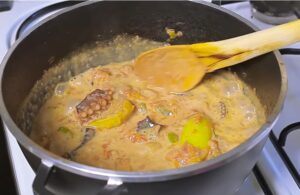
Octopus curry is one of Zanzibar's wonderful dishes. The prepared octopus is simmered in a creamy mixture of coconut cream, turmeric, curry, cinnamon, garlic, lime and cardamom, and served with red chili and rice.

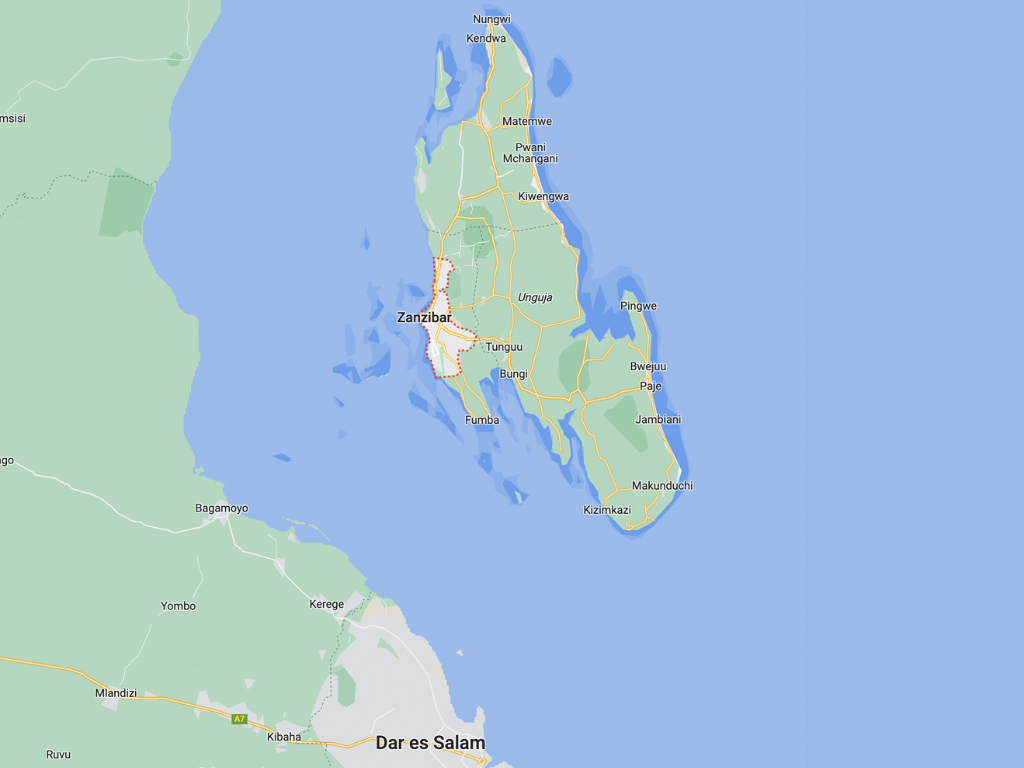


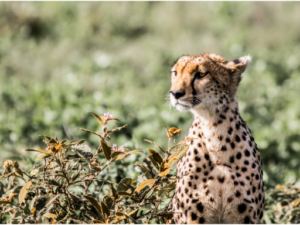 This place offers you the possibility to be closer to wildlife and to "communicate" with wild animals. It is a recognized center which is also a conservation center allowing you to approach wildlife in a different, interactive and personal way. So you can "play" with tigers, leopards and various felines, and cute monkeys.
This place offers you the possibility to be closer to wildlife and to "communicate" with wild animals. It is a recognized center which is also a conservation center allowing you to approach wildlife in a different, interactive and personal way. So you can "play" with tigers, leopards and various felines, and cute monkeys.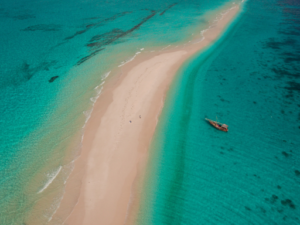 Nakupenda Beach is the most famous beach in Zanzibar, with a unique property: at high tide the sandbar is covered with sea water, while at low tide it reappears. Nakupenda Island is located about 7 kilometers from Stone Town, the journey takes only 30 minutes. Normally you can combine the Nakupenda Beach & Island Tour with Prison Island on the same day as they are in the same direction from Stone Town.
Nakupenda Beach is the most famous beach in Zanzibar, with a unique property: at high tide the sandbar is covered with sea water, while at low tide it reappears. Nakupenda Island is located about 7 kilometers from Stone Town, the journey takes only 30 minutes. Normally you can combine the Nakupenda Beach & Island Tour with Prison Island on the same day as they are in the same direction from Stone Town.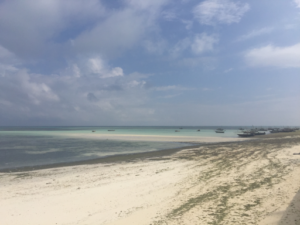 Nungwi, at the northern end of Zanzibar, is a seaside village famous for its long sandy beach. It is a popular tourist site in Zanzibar because here the Indian Ocean is calm, sheltered by the coral reefs of Hunga and Leven Bank.
Nungwi, at the northern end of Zanzibar, is a seaside village famous for its long sandy beach. It is a popular tourist site in Zanzibar because here the Indian Ocean is calm, sheltered by the coral reefs of Hunga and Leven Bank.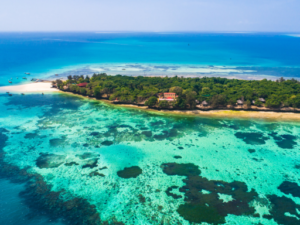 Changuu Island (also known as Kibandiko, Prison or Quarantine Island) is a small island 5.6 km from Stone Town. The island is approximately 800m long and 230m wide at its widest point. The island was used as a prison for rebellious slaves in the 1860s and also functioned as a coral mine.
Changuu Island (also known as Kibandiko, Prison or Quarantine Island) is a small island 5.6 km from Stone Town. The island is approximately 800m long and 230m wide at its widest point. The island was used as a prison for rebellious slaves in the 1860s and also functioned as a coral mine.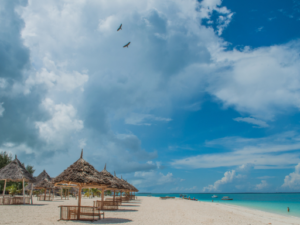 It is an amazing and picturesque beach, the main activity here being surfing. The beach contains a few small hotels as well as fishmongers.
It is an amazing and picturesque beach, the main activity here being surfing. The beach contains a few small hotels as well as fishmongers. 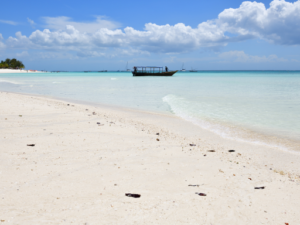 Popular with locals, it's a beautiful sandy beach with turquoise waters and a wide choice of activities, and a party atmosphere in the evening. Less crowded to the south, you can enjoy a beautiful sunset here.
Popular with locals, it's a beautiful sandy beach with turquoise waters and a wide choice of activities, and a party atmosphere in the evening. Less crowded to the south, you can enjoy a beautiful sunset here.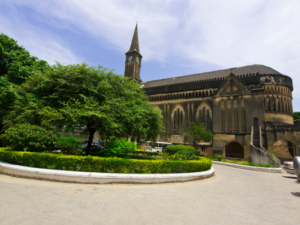 Christ Church Anglican Cathedral was built in Stone Town (the old part of Zanzibar City) on the spot where the largest slave market in East Africa operated. His altar was placed exactly where the slaves for sale were whipped. On the ground, among the benches, black cobblestones recall the dungeons used for slaves in the basement. Outside the cathedral, a stone monument depicts four people chained by the neck, to replicate the way slaves were offered to buyers.
Christ Church Anglican Cathedral was built in Stone Town (the old part of Zanzibar City) on the spot where the largest slave market in East Africa operated. His altar was placed exactly where the slaves for sale were whipped. On the ground, among the benches, black cobblestones recall the dungeons used for slaves in the basement. Outside the cathedral, a stone monument depicts four people chained by the neck, to replicate the way slaves were offered to buyers.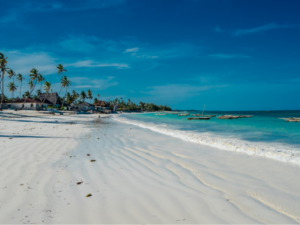 Jambiani is originally an old fishing village.
Jambiani is originally an old fishing village.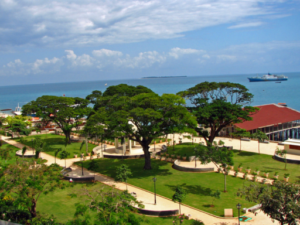 Every evening at sunset, Stone Town's Forodhani Gardens transforms into an open-air food market, and a must-try: urojo, a thick mango and tamarind soup served with chickpea fritters , boiled potatoes, cassava flakes, chutney and as much hot sauce as you dare. Next: Hand-squeezed sugar cane juice with ginger and lime.
Every evening at sunset, Stone Town's Forodhani Gardens transforms into an open-air food market, and a must-try: urojo, a thick mango and tamarind soup served with chickpea fritters , boiled potatoes, cassava flakes, chutney and as much hot sauce as you dare. Next: Hand-squeezed sugar cane juice with ginger and lime.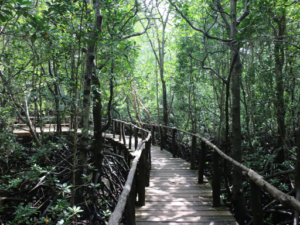 Jozani Chwaka Bay National Park is a 50 km2 national park. It is Zanzibar's only national park.
Jozani Chwaka Bay National Park is a 50 km2 national park. It is Zanzibar's only national park.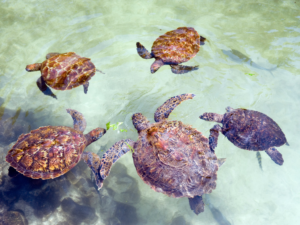 At Nungwi Natural Aquarium, you will have the chance to watch turtles swimming in a hatchery pond. Nearby, the Mnarani Sea Turtle Conservation Pond is home to green sea turtles and a community effort to protect native species.
At Nungwi Natural Aquarium, you will have the chance to watch turtles swimming in a hatchery pond. Nearby, the Mnarani Sea Turtle Conservation Pond is home to green sea turtles and a community effort to protect native species.







